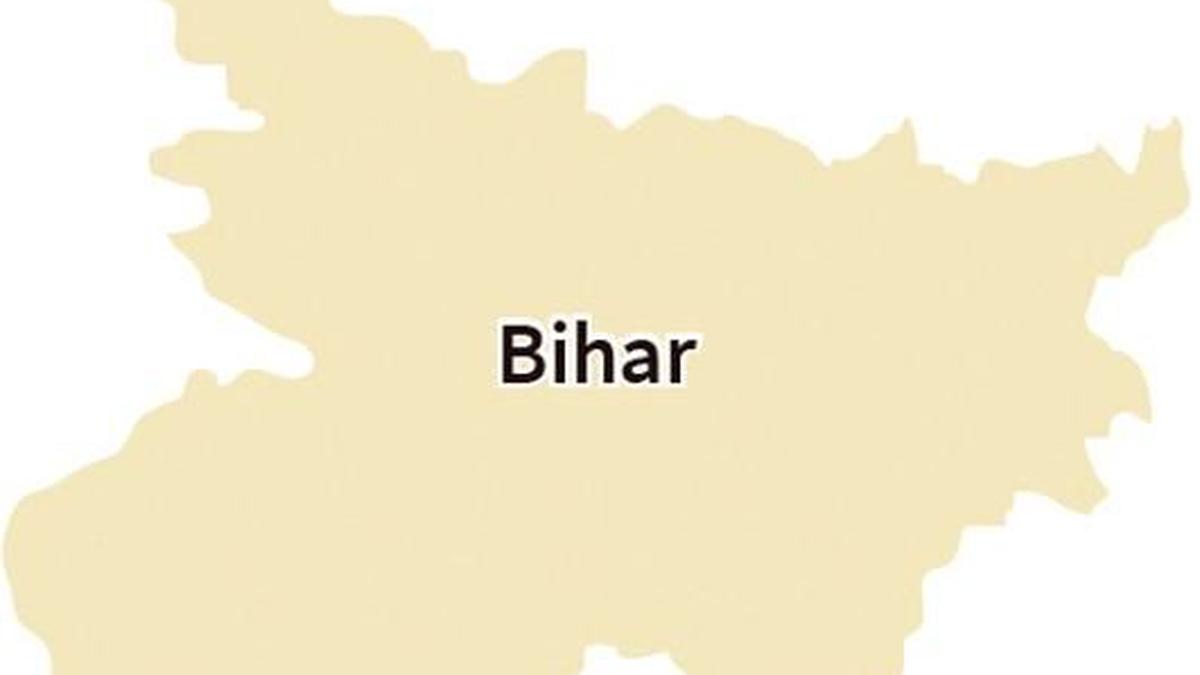Recently, in village in Bhojpur district, Bihar, which is dominated by Most Backward Castes (MBC), I heard a sohar (birth song) sung by a few unlettered women. It goes, “Babua hamar DM hoyihe, okara upar CM hoyihe (My son will become a District Magistrate and he will also become Chief Minister)”. I also heard a slogan during a political rally in Sasaram town, which goes, “Vote se lenge CM, PM, Aarakshan se lenge Collector, DM (I will become Chief Minister with votes and District Magistrate with reservation)”. Both these expressions reflect aspirations for social justice. They also show how the aspirations of backward communities becomes the essence of their politics. Together, these anecdotes illustrate how social justice is the driving force in grassroots development and politics in Bihar.
In north India, for several centuries, the Bhakti movement challenged social hierarchies and promoted equality and inclusivity. But the road to social justice has nevertheless been long and fraught. Leaders such as Mahatma Gandhi, B.R. Ambedkar, Mahatma Phule, and Ram Manohar Lohia have had their own visions and versions of social justice; these various imaginations continue to co-exist in India.
While in most parts of India, the social justice discourse remains mostly centred around Scheduled Castes and Scheduled Tribes, in Bihar the most dominant social justice discourse is of Other Backward Classes (OBCs). According to the Bihar caste survey of 2023, OBCs and Extremely Backward Classes comprise more than 63% of State’s population.
This is not new — Bihar politics has always been largely dominated by OBC politics. OBC communities, particularly the Yadavs, Kurmis, and Koirees, began emerging as lower and middle peasants due to various land-based reforms implemented in both pre-independent and independent India. The leaders of these three communities formed the Triveni Sangh in 1934 and began asserting their voice for political representation. Other leaders echoed the aspirations of OBC communities in later years as well. Apart from the OBC social justice discourse, Bihar has other social justice models, which can be loosely categorised as Gandhian, Congressi, Nehruwadi, Ambedkarite, Lohiyaite, and the Bharatiya Janata Party (BJP)-led social justice model (samgra samajik nyay model).
Bihar is set to go to polls later this year. I have found during my fieldwork that the contest is set to take place primarily between two models. The first is the social justice model crafted by selective interpretations of the views of Ambedkar and Lohia. It emphasises caste-based historical inequality. The propagators of this model are Rashtriya Janata Dal (RJD) chief Lalu Prasad, RJD leader Tejashwi Yadav, and Congress leader Rahul Gandhi. The RJD and Congress are part of the Mahagathbandhan. This model appears to be unilinear as it focuses on the demand for a caste census and the extension of reservations.
The second is the samgra samajik nyay model. It combines the arguments of caste-based historical inequality with other forms of horizontal social inequalities that emerged during the process of distribution of democratic resources. The BJP, led by Prime Minister Narendra Modi, promotes this model, which combines the visions of Swami Vivekananda, Deendayal Upadhyaya, and Ambedkar. In Mr. Modi’s book Samajik Samrasata, we may find the traces of the evolution of this model of social justice. This model combines historical injustices with developmental injustices. It tries to address vertical and horizontal injustices faced by marginal communities. Social justice appears to be a multi-pronged strategy to counter backwardness of various forms. Countering caste-based injustice is tied to beneficiary politics, which refers to the use of government welfare programmes and benefits for targeted communities. Beneficiary politics emerged through the implementation of various social support schemes for backward castes, Dalits, Adivasis, and women.
Thus, both the alliances have two different yet overlapping social justice models. The difference is that the BJP-led National Democratic Alliance has a few advantages. Both Mr. Modi and Chief Minister Nitish Kumar enjoy a positive image. On the other hand, the Mahagathbandhan is represented by Mr. Lalu Prasad, whose regime was perceived as corrupt. The image of Deputy Chief Minister Tejashwi Yadav as a popular youth leader does not seem to have served as a counter-balance yet. And the benefit of the caste census, which the RJD-led Opposition was advocating, has been minimised by the Union government’s announcement of a caste enumeration in the Census.
Badri Narayan is Director, Govind Ballabh Pant Social Science Institute
Published – June 23, 2025 02:08 am IST
#contesting #models #social #justice
Bihar politics,Bihar Assembly elections
latest news today, news today, breaking news, latest news today, english news, internet news, top news, oxbig, oxbig news, oxbig news network, oxbig news today, news by oxbig, oxbig media, oxbig network, oxbig news media
HINDI NEWS
News Source


